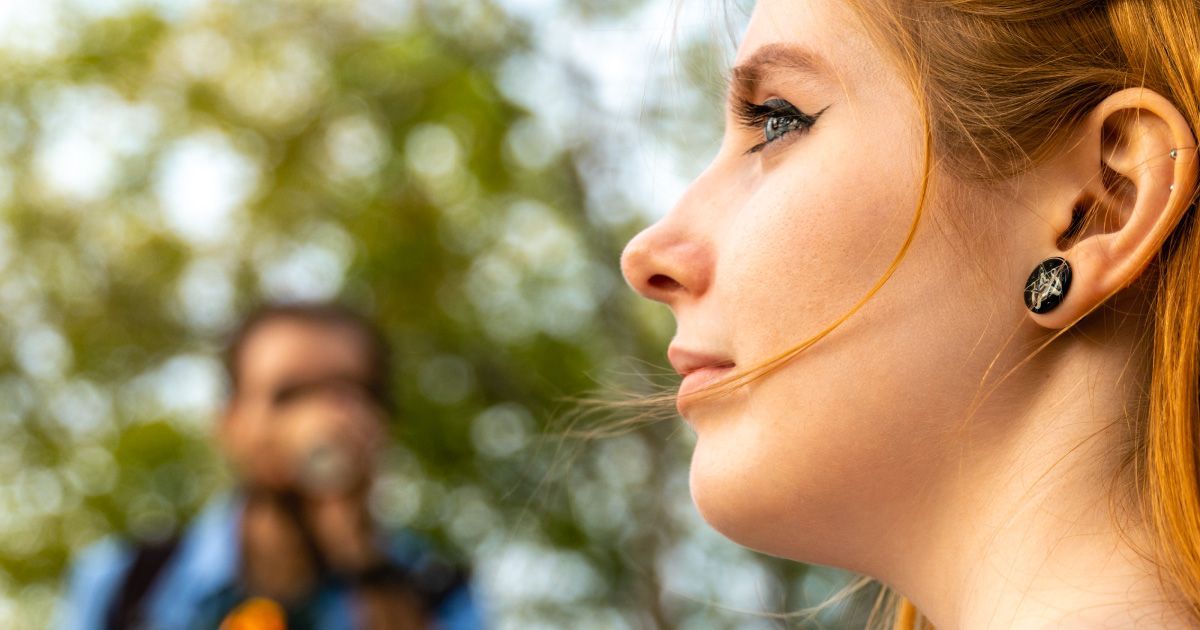Mindful Shopping Tips for Purposeful Buying

Read time: 5 minutes
Ever wondered how to rein in those unexpected shopping sprees that seem to dwindle away your hard-earned money? Mindful shopping might be the key to better shopping habits. It's about making thoughtful choices when buying, ensuring each purchase serves a purpose and genuinely adds value to your life. In our fast-paced culture, it's easy to fall into the trap of impulse buying, grabbing items off the shelves without a second thought.
Impulse purchases can leave many feeling a pang of regret, especially when those items don't truly add to our happiness or usefulness in daily life. Not to mention, these sudden buying decisions often put a strain on our wallets. By understanding the roots of impulse buying and reshaping our approach to shopping, we can cultivate a more satisfying and financially responsible way of acquiring things.
Understanding Mindful Shopping
Mindful shopping isn't just a trend; it's a lifestyle shift that encourages us to pause and reflect before making a purchase. It's about being aware of our shopping habits and consciously choosing items that align with our values and needs. This approach contrasts sharply with impulse shopping, which often results in clutter, unused items, and financial strain.
The benefits of mindful shopping are numerous:
- Financial Savings: By curbing impulse buys, you keep more money in your pocket and cut down on wasteful spending.
- Increased Satisfaction: Purchasing with intention leads to more fulfilling acquisitions that you truly appreciate and use.
- Reduced Clutter: Bringing only necessary and valued items into your life reduces the chaos of excess belongings.
Imagine this: instead of grabbing the latest gadget on sale just because it's discounted, you take a moment to assess if it meets your genuine needs. A purposeful approach leads to purchases that resonate with your lifestyle and personal goals, making shopping a more enjoyable and rewarding experience. Embracing mindful shopping ultimately means choosing to buy with a purpose, impacting not just your shelves but your peace of mind.
Identifying Impulse Triggers
Impulse shopping often springs from emotional triggers or clever marketing tactics. Ever notice how you might buy snacks when you're upset? Or be drawn to flashy sales ads? These are typical examples. Marketing plays a big part too, with bright displays and promising slogans urging you to "buy now." But these purchases can lead to buyers' remorse when the thrill fades.
To keep these triggers in check, here are a few practical tips:
- Create a Shopping List: Before heading out, jot down what you really need. Stick to this list to avoid unnecessary buys.
- Set a Budget: Decide on a spending limit. This not only keeps spending in control but also helps in making purposeful choices.
By managing these triggers, you align purchases with genuine needs, avoiding clutter and regrets.
Strategies for Purposeful Buying
Mindful shopping involves using strategies that guide you to make thoughtful purchases. Consider researching first. Look into product reviews and make sure the item fits your needs long-term. Are you considering a new pair of sunglasses? Think about how often you'll wear them, or if they fit your style and protection needs.
Here’s how to practice purposeful buying:
- Research Products: Understand the features and alternatives available.
- Prioritize Needs Over Wants: Ask yourself if the item is truly needed or if it's just a passing fancy.
- Invest in Quality: Choose items, especially essentials, that offer durability and satisfaction.
Taking these steps ensures your shopping aligns with your values, leading to smarter choices.
Creating a Mindful Shopping Plan
To consistently practice mindful shopping, create a plan that suits your lifestyle. This doesn't mean making shopping a chore, but rather a thoughtful process you enjoy. Think of it as crafting a map to guide your buying decisions.
Here’s a simple plan:
- Set Clear Goals: Define what you aim to achieve with your purchases. Is it better quality or reducing waste?
- Track Your Spending: Keep a journal of your expenditures. This helps you see patterns and adjust accordingly.
- Regular Review: Check your progress every month, tweaking the plan as needed.
Implementing a mindful shopping plan lets you take control of your buying habits, making each purchase meaningful.
The Takeaway
Mindful shopping offers more than just financial benefits. It transforms how you view purchases, making every buy a purposeful decision. By understanding your spending triggers and adopting thoughtful strategies, you minimize clutter and maximize satisfaction. Mindful shopping leads to a life that's not just filled with things, but with items that matter.
Adopting mindful habits might take some effort initially, but its benefits ripple across your lifestyle. As you become more aware, you'll notice a natural shift towards choices that reflect your true needs and desires. The journey to mindful shopping isn't about depriving yourself but enriching your life with intention and purpose. This approach allows you to explore options like quality eyewear that aligns with your values.
For anyone looking to enhance their lifestyle, this approach could be the change you’ve been searching for. Explore the world of purposeful buying and see how it reshapes your life and boosts your happiness.
Urban Optiks Optometry offers an excellent selection of luxury eyewear online that complements your mindful shopping approach. Explore this collection to find high-quality, stylish eyewear that fits your needs and lifestyle. With thoughtful choices, every pair can become a meaningful addition, offering you satisfaction and enhancing your personal style. Feel free to explore the options that genuinely align with your sense of purpose.
Share this blog post on social or with a friend:
The information provided in this article is intended for general knowledge and educational purposes only and should not be construed as medical advice. It is strongly recommended to consult with an eye care professional for personalized recommendations and guidance regarding your individual needs and eye health concerns.
All of Urban Optiks Optometry's blog posts and articles contain information carefully curated from openly sourced materials available in the public domain. We strive to ensure the accuracy and relevance of the information provided. For a comprehensive understanding of our practices and to read our full disclosure statement, please click here.


















